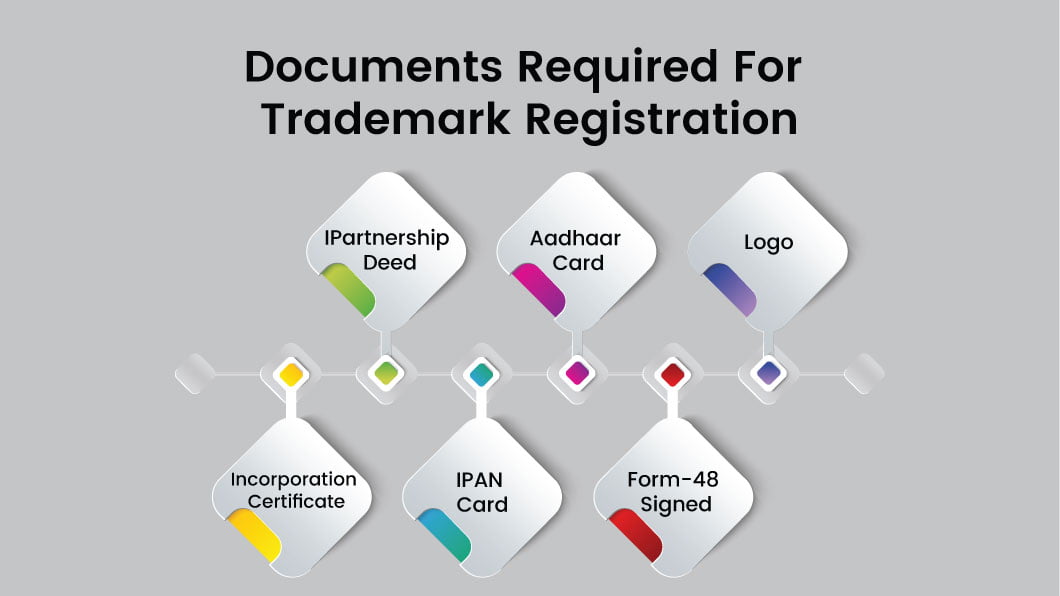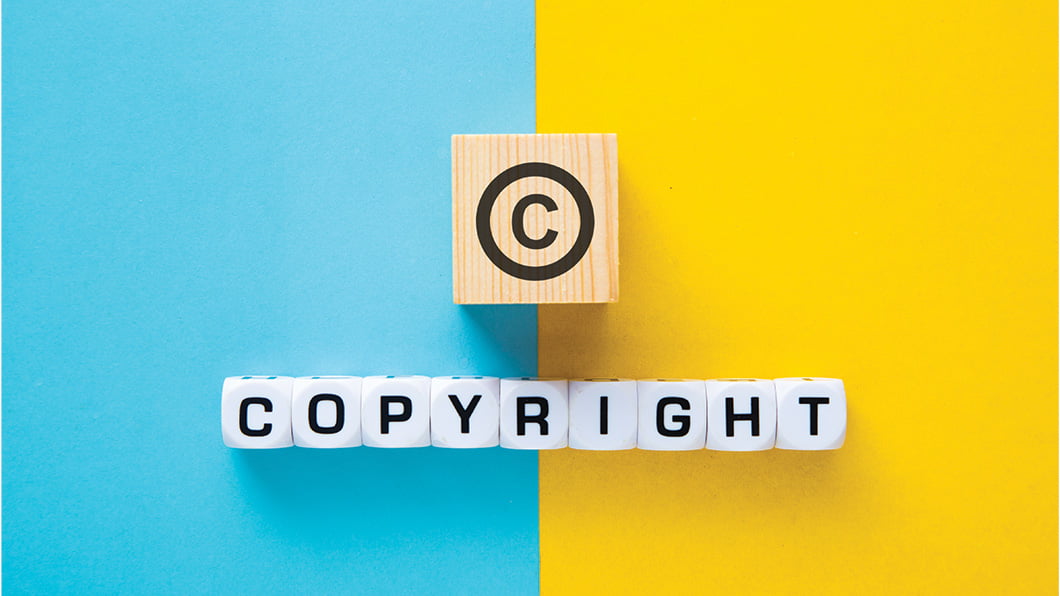
How to avoid Trademark Objection
What are the Trademark objections to logos and their type?
Trademark objections in logos are a common occurrence in the world of branding and intellectual property. A trademark is a unique symbol, word, or phrase that represents a company or product and distinguishes it from competitors. Logos are a crucial part of a company’s branding efforts, and as such, it is essential to ensure that they are not infringing on any existing trademarks.
There are several types of trademark objections that can be raised against a logo, and it is essential to be aware of them to avoid any legal issues down the road. Here are some common types of trademark objections that may arise when designing a logo:
- Similarity to existing trademarks: This is perhaps the most common type of trademark objection, where a logo is deemed too similar to an existing trademark. This could be in terms of the design, font, or color palette used. It is essential to conduct thorough research before designing a logo to ensure that it does not closely resemble any existing trademarks.
- Confusion with existing trademarks: Another type of trademark objection is where a logo is likely to cause confusion with an existing trademark. This could be due to the similarity of the products or services offered by the two companies, or the similarity in the logos themselves. It is essential to avoid any confusion when designing a logo to avoid legal issues.
- Descriptive trademarks: Trademarks that are too descriptive or generic are often rejected as they do not provide any unique or distinguishable value to a company. For example, a company selling apple products cannot trademark the word “Apple” as it is too generic and does not distinguish them from other apple sellers.
- Deceptive trademarks: Trademarks that are deceptive or misleading are not allowed as they can harm the public. For example, a logo for a company selling organic products cannot use the word “organic” if the products are not, in fact, organic.
- Trademarks that violate public morals: Trademarks that are offensive or vulgar are not allowed as they can harm the public’s moral values. It is essential to be mindful of cultural and social sensitivities when designing a logo to avoid any objections on these grounds.
It is essential to be aware of these types of trademark objections when designing a logo to avoid any legal issues down the road. The process of trademarking a logo can be a lengthy and complex one, but it is essential to ensure that your brand is protected. It is always a good idea to consult with a trademark attorney to ensure that your logo is in compliance with all necessary regulations and to avoid any objections.
In conclusion, trademark objections in logos are a common occurrence in the world of branding and intellectual property. It is essential to be aware of the different types of objections that may arise, such as similarity to existing trademarks, confusion with existing trademarks, descriptive trademarks, deceptive trademarks, and trademarks that violate public morals. By being mindful of these issues and consulting with a trademark attorney, you can protect your brand and avoid any legal issues down the road.

How to Avoid Trademark objection on logo
As a business owner, it’s important to protect your brand and identity through the use of a strong, unique logo. However, it’s also important to ensure that your logo doesn’t infringe on any existing trademarks. Trademark objections can be costly and time-consuming to resolve, so it’s best to avoid them altogether. Here are some tips on how to avoid trademark objections when designing your logo:
- Research existing trademarks before designing your logo
Before you start designing your logo, it’s important to do some research to ensure that your design doesn’t infringe on any existing trademarks. Start by searching the USPTO (United States Patent and Trademark Office) database to see if there are any existing trademarks that are similar to your proposed design. You can also do a Google search to see if any logos or brands are already using a similar design. - Choose a unique and original design
The best way to avoid trademark objections is to create a unique and original design for your logo. This means avoiding designs that are too similar to existing trademarks or that are overly generic. For example, if you’re designing a logo for a coffee shop, avoid using a design that features a coffee cup or a steamy coffee mug – these are common elements that have been used in many logos before. Instead, try to come up with a more creative and original design that sets your brand apart from the competition. - Use a trademark attorney or lawyer
If you’re unsure about whether your logo design is infringing on any existing trademarks, consider consulting with a trademark attorney or lawyer. These professionals can help you navigate the complex world of trademark law and advise you on whether your design is likely to face any objections. - Consider filing for a trademark
If you’re concerned about the possibility of trademark objections, you may want to consider filing for a trademark on your logo. This will provide you with legal protection against anyone who tries to use a similar design and will help to ensure that your brand identity is protected. - Use caution when using stock images or graphics
If you’re using stock images or graphics in your logo design, be sure to check the terms of use to make sure that you’re not infringing on any existing trademarks. Many stock image websites have strict policies against the use of their images in logos, so be sure to read the fine print before using any stock graphics in your design.
By following these tips, you can help to avoid trademark objections and protect your brand identity. Remember, it’s always better to be safe than sorry when it comes to trademark law – so take the time to do your research and ensure that your logo is unique and original.

This can be a complex process, especially if you are not familiar with the ins and outs of trademark law. That’s where WebNX comes in.
WebNX is a leading provider of online branding and trademark services, and they can help you to avoid any kind of trademark objection when it comes to your logo. Whether you are just starting out with your brand or you have been in business for years, WebNX has the expertise and resources to help you protect your brand.
One of the ways that WebNX can help you avoid trademark objections is by conducting a thorough trademark search. This process involves searching through existing trademarks to ensure that your logo is not too similar to any existing trademarks. If there is a potential conflict, WebNX can work with you to design a logo that is unique and does not infringe on any existing trademarks.
In addition to conducting a trademark search, WebNX also offers trademark registration services. If you are serious about protecting your brand, it’s important to register your trademark with the US Patent and Trademark Office. This will give you legal protection for your brand, and it will make it much easier to enforce your rights if anyone tries to use your trademark without permission.
Overall, working with WebNX can help you to avoid any kind of trademark objection when it comes to your logo. With their expertise and resources, you can feel confident that your brand is protected and that you are in compliance with all relevant trademark laws. So if you want to ensure that your logo is unique and does not infringe on any existing trademarks, consider partnering with WebNX today.














